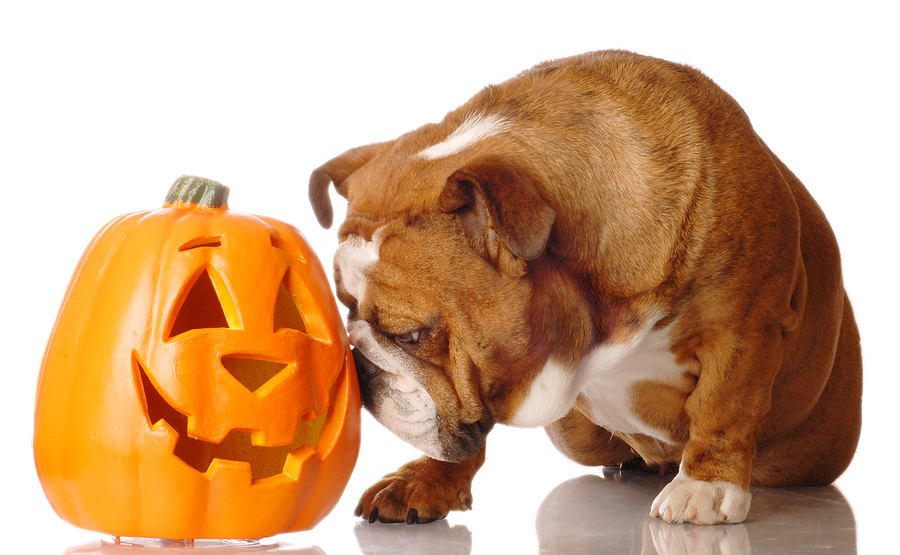
As Halloween approaches, veterinarians play a vital role in reminding pet owners about the hidden dangers this season poses to their pets. Beyond the well-known risk of chocolate, vets emphasize other threats like candies containing xylitol, raw pumpkin, toxic autumn flowers, and glow sticks, which can be harmful or fatal if ingested.
The Pet Poison Helpline reports a 12 percent rise in emergency and toxicology calls during Halloween week, making it their busiest time of the year. To help veterinary practices in reminding pet owners to keep their animals safe during the season, Trusted Housesitters, a global community of pet sitters, teamed up with veterinary surgeon, Lily Richards, BSc (Hons), BVSc, MRCVS, to highlight hidden Halloween hazards to be aware of.
1) Xylitol
“Although sugars like honey, brown, and white sugar are generally safe for dogs and cats, foods high in sugar often cause vomiting and diarrhea in pets,” says Dr Richards. “Watch out, particularly for sugar-free treats containing xylitol. Xylitol is very dangerous for pets, leading to sudden life-threatening changes in blood sugar and liver toxicity.”
2) Raw pumpkin
Pets can enjoy pumpkin this year without fear of poisoning. However, raw pumpkin is harder to digest and should be avoided for both cats and dogs.
“Naturally rich in vitamins, minerals, and soluble fiber, pumpkin can help ease digestion,” says Richards. “Fresh pumpkin, including the seeds, can be a tasty treat in moderation, but watch out for canned products that may contain xylitol.”
As cats have more delicate digestion tracks, remind clients to ensure the seeds are ground up before feeding to smaller cats and kittens to avoid choking hazards.
3) Autumn flowers and berries
Richards encourages pet parents to be mindful of what plants are placed around the house. Remind clients that popular fall flowers, such as mums and chrysanthemums can be toxic to pets with ingestion leading to vomiting, diarrhea, and skin irritation.
Autumn berries and foliage, such as holly and certain types of ornamental berries, can also be toxic to pets, leading to nausea and vomiting if ingested.
4) Glow sticks
One of the most common Halloween accessories used for children’s safety and costumes can also be dangerous for pets.
The bright liquid inside glow sticks contains various chemicals that can be toxic to pets if ingested, especially for their digestive system. Should a pet also bite into a stick, they risk having skin irritation from the liquid and swallowing a small piece or the entire stick, which could lead to choking.
5) Chocolate
“Symptoms of toxicity vary from vomiting, diarrhea, hyperactivity, coma, seizures, or even death. Chocolate containing higher levels of theobromine and caffeine, including dark chocolate, is particularly a worry,” says Richards. “Only a small amount of dark chocolate could lead to life-threatening consequences, while it will take more volume of milk or white chocolate to have the same effect.”
For more helpful tips to share with clients, check out Halloween Hazards for Pets infographic on VPN Plus+. Feel free to post it in your clinic or distribute it to your clients.
